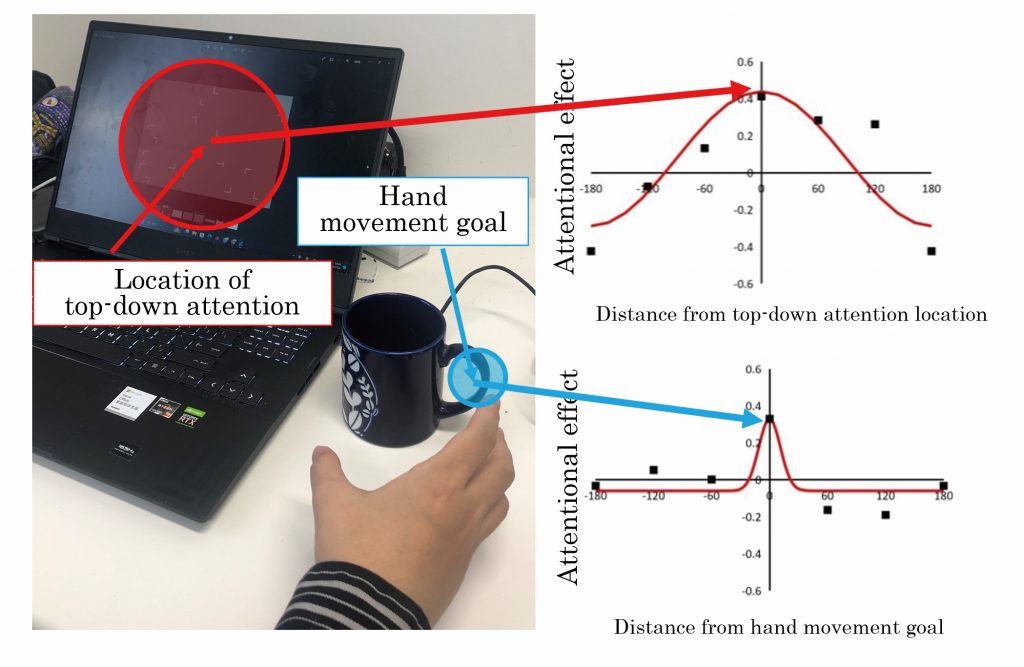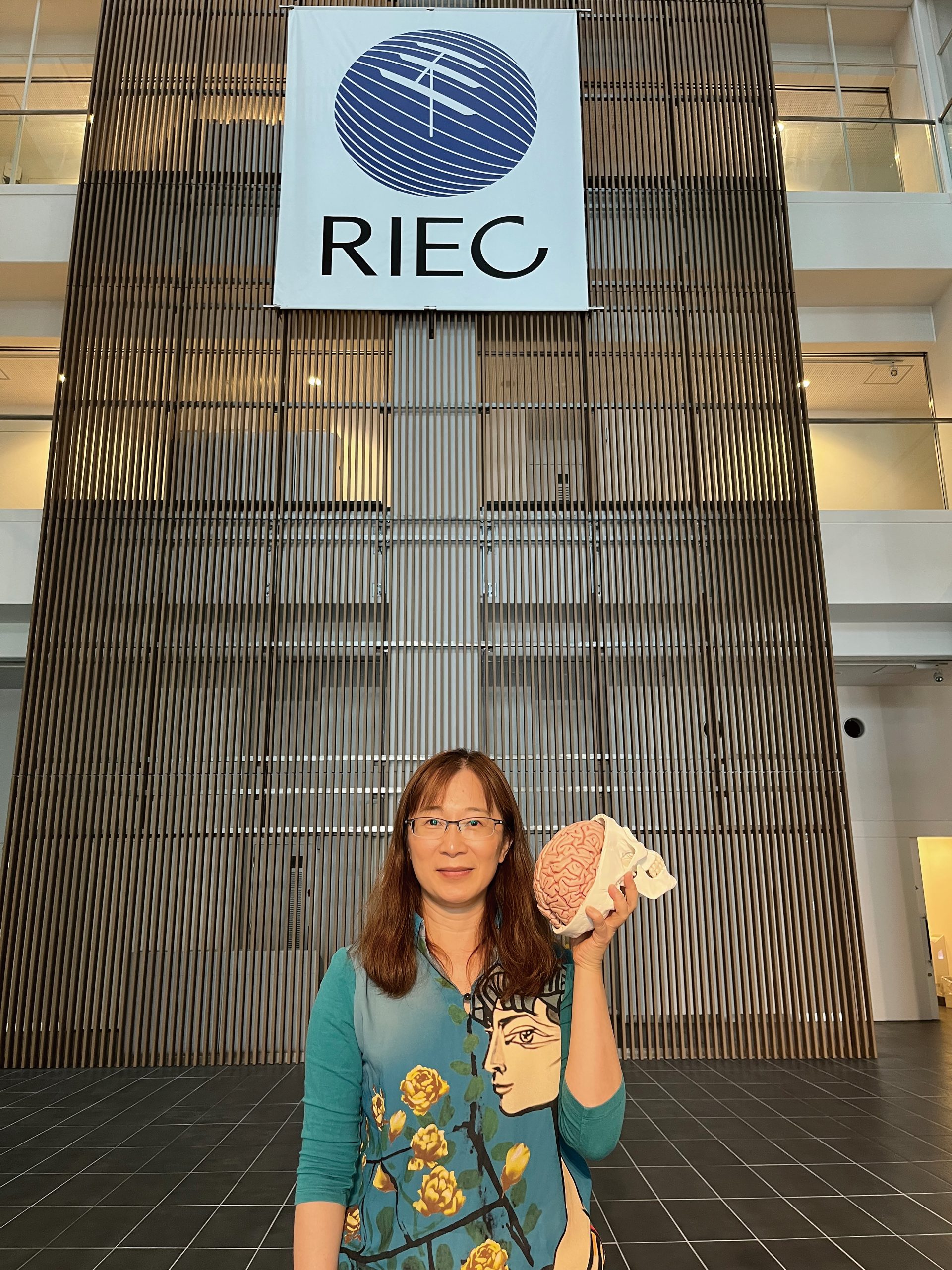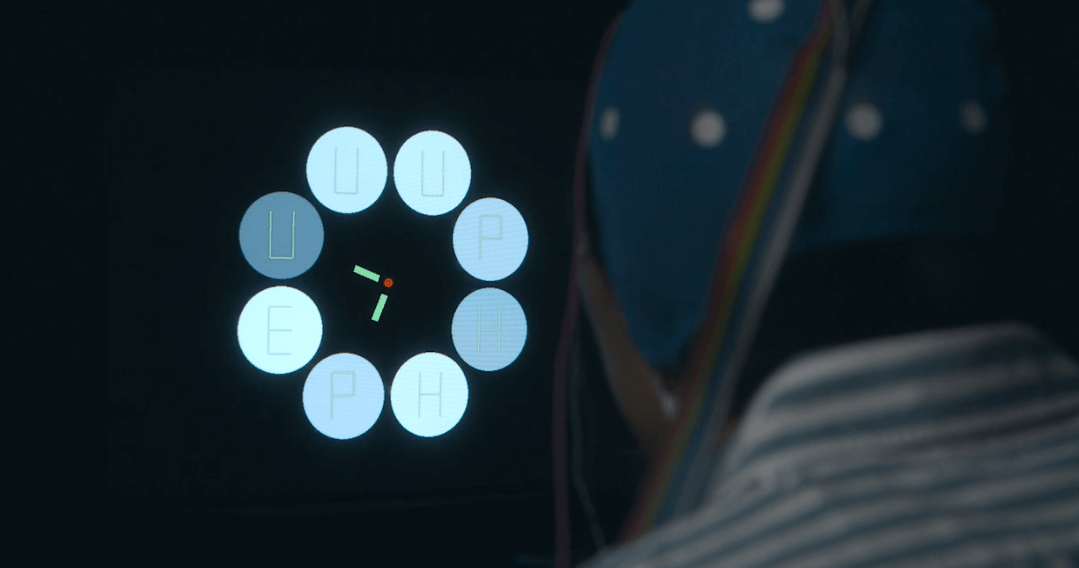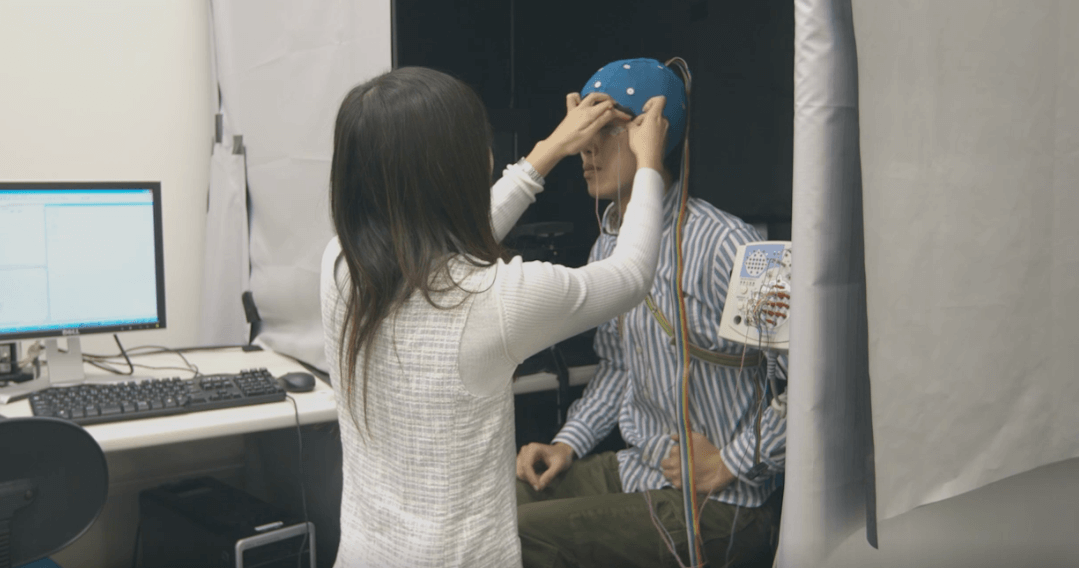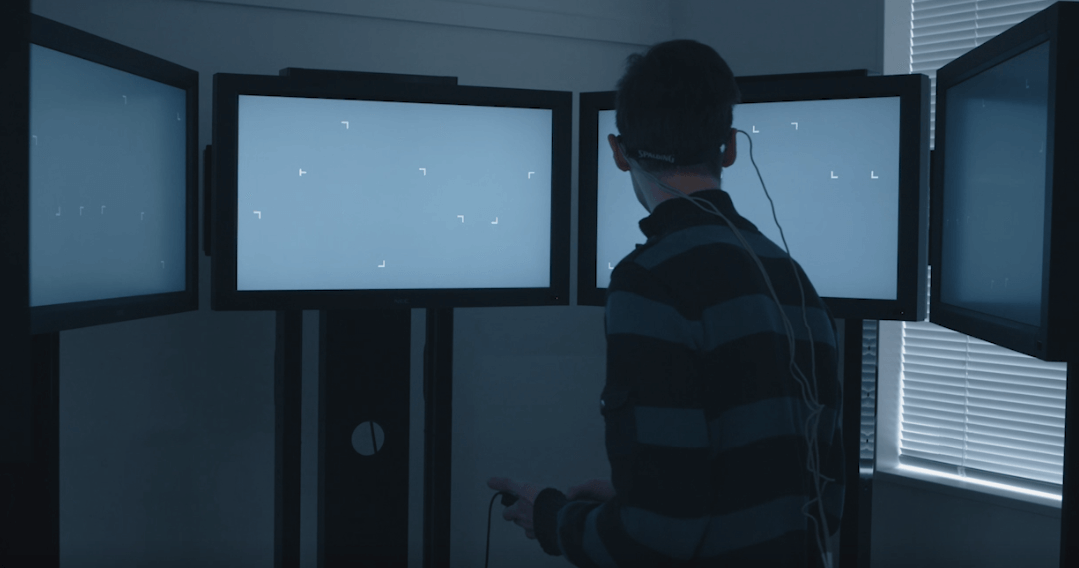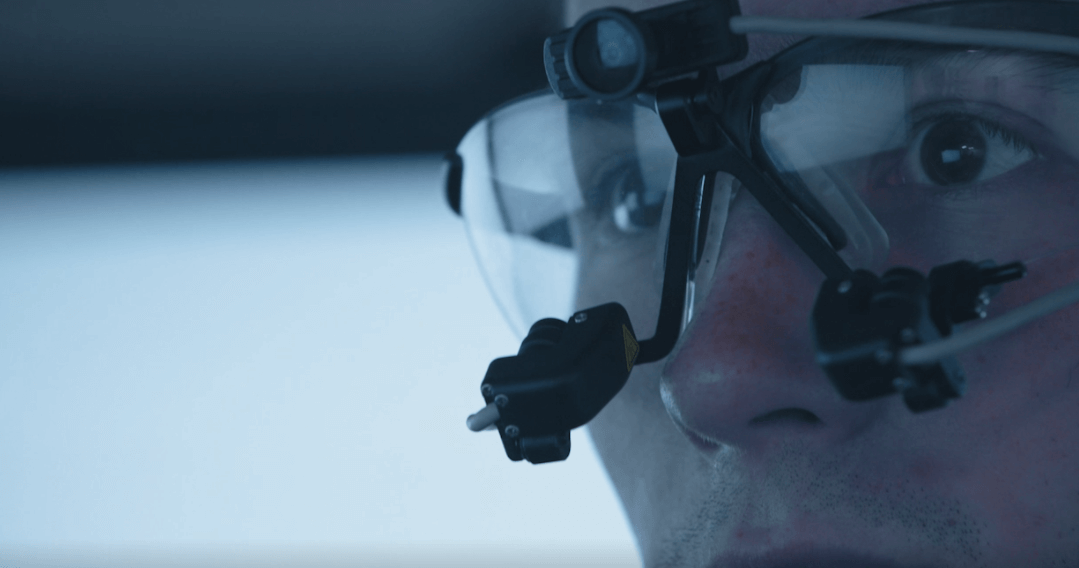- >> Human and Bio Information Systems Division
-
Visual Cognition and Systems
Researcher
Group Web Site
https://sites.google.com/view/tohoku-vision/ホーム?authuser=3
Research Activities
Human brain is one of the most adaptable systems in the world. Understanding the brain functions is one of the most important issues for evaluating and designing things around us to improve the quality of life. We investigate the brain through visual functions to apply the knowledge to human engineering and image engineering.
Attention and Learning Systems(Assoc. Prof. Tseng*)
Research topics
- Visual attention mechanisms and models
- Multi-sensory perception and learning
- Interpersonal nonverbal communication
My research interests cover the broadly-defined human cognitive functions such as perception, attention, and learning. With psychophysical, neurophysiological, and computational approaches, we try to answer how sensory systems construct a coherent world that we experience and look for applications to enhance human life quality.
